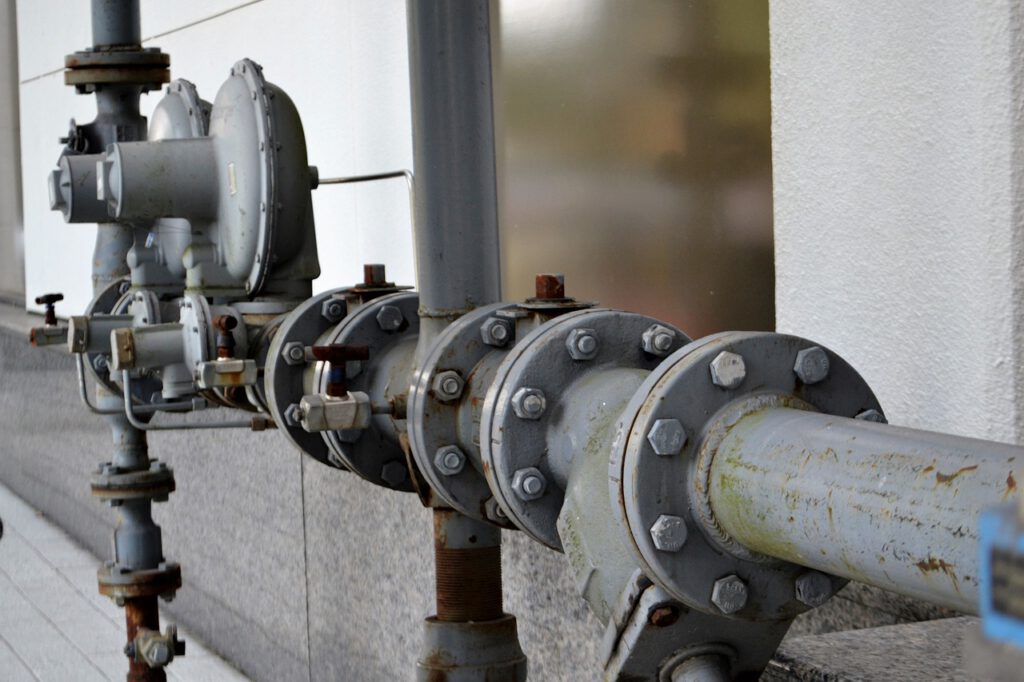Navigating High Water Pressure Woes: A Minnesota Homeowner’s Guide to Plumbing
by siteadmin

As a Minnesota homeowner, you may not give much thought to your home’s water pressure until it becomes a problem. However, dealing with high water pressure can lead to various plumbing woes if left unchecked. In this guide, we’ll explore what high water pressure is, how it affects your plumbing system, signs to look out for, and steps you can take to navigate and mitigate its effects.
Understanding High Water Pressure
Water pressure refers to the force at which water flows through your plumbing system. While having adequate water pressure is essential for everyday tasks like showering and washing dishes, excessively high water pressure can pose serious issues. In Minnesota, high water pressure is not uncommon, especially in areas with older infrastructure or where water is supplied at higher elevations.
Effects on Your Plumbing System
High water pressure can wreak havoc on your plumbing system over time. The increased force of water flowing through pipes can lead to leaks, bursts, and premature wear and tear on fixtures and appliances. Additionally, high water pressure puts stress on valves, seals, and other components, increasing the likelihood of failure.
Signs of High Water Pressure
Recognizing the signs of high water pressure early can help you address the issue before it causes significant damage. Some common signs to watch out for include:
- Noisy pipes: If you hear banging or rattling noises when turning on faucets or appliances, it could indicate that the water pressure is too high.
- Leaking faucets or toilets: Excessively high water pressure can cause seals and fittings to fail, leading to leaks around faucets and toilets.
- Shortened appliance lifespan: Appliances such as water heaters, dishwashers, and washing machines may experience premature failure due to the strain of high water pressure.
- Visible damage to pipes: Inspect exposed pipes for signs of bulging, corrosion, or small leaks, which could indicate high water pressure.
Navigating High Water Pressure
Fortunately, there are steps you can take to navigate and mitigate the effects of high water pressure in your Minnesota home:
- Install a pressure regulator: A pressure regulator, also known as a pressure-reducing valve, can help maintain consistent water pressure throughout your home by reducing the incoming pressure from the main water line.
- Monitor water pressure: Invest in a water pressure gauge to periodically check the pressure in your plumbing system. Ideally, water pressure should be between 40 to 80 pounds per square inch (psi).
- Consider a thermal expansion tank: In homes with a closed plumbing system, installing a thermal expansion tank can help alleviate pressure fluctuations caused by heating and cooling water.
- Repair leaks promptly: Address any leaks or plumbing issues as soon as they arise to prevent further damage and alleviate strain on your plumbing system.
- Consult a professional plumber: If you’re unsure about how to address high water pressure or suspect damage to your plumbing system, don’t hesitate to contact a licensed plumber for assistance.
High water pressure may seem like a minor inconvenience, but it can lead to costly repairs and water damage if left unattended. By understanding the effects of high water pressure, recognizing the signs, and taking proactive steps to mitigate its effects, Minnesota homeowners can ensure their plumbing systems remain in top condition for years to come. Remember, when in doubt, always consult a professional plumber for expert advice and assistance.
As a Minnesota homeowner, you may not give much thought to your home’s water pressure until it becomes a problem. However, dealing with high water pressure can lead to various plumbing woes if left unchecked. In this guide, we’ll explore what high water pressure is, how it affects your plumbing system, signs to look out…
Recent Posts
- Revolutionizing Concrete Repair in Eau Claire: Expert Solutions for Every Need
- Boca Dental and Braces Revolutionizes Orthodontic Care in Las Vegas
- Expert Cleaners Lexington Announces Commitment to Safe, Sustainable Cleaning Practices, Expanding to Georgetown, KY
- Celebrate Mom with Exquisite Flowers: Mothers Day Flowers
- Orlando’s Most Common Lawn Mowing Mistakes and How to Avoid Them
